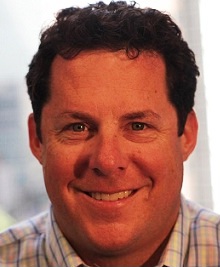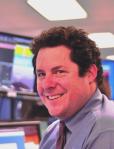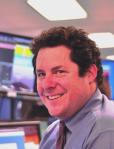 Courtesy of Steve Marlin/MarketsMedia
Courtesy of Steve Marlin/MarketsMedia
With exchange-traded funds playing an increasingly important role in portfolio management, the ability to accurately price the instruments has placed a premium on market-making skills.
“ETFs are a unique breed of financial instruments,” said Chris Hempstead, director of ETF execution services at WallachBeth. “Order execution requires the ability to navigate these markets and compel liquidity providers to offer customers the most aggressive bids and offers.”
With upwards of 1,500 listed products in the U.S. alone, the secondary market for ETFs remains evolutionary, and liquidity in many ETFs is often elusive, despite the sophistication of screen-based electronic markets.

“ETF wrappers provide an efficient way to gain access to an index,” Hempstead said. “But not all ETFs have sufficient depth of quotes, so you need to partner with someone who knows how to value an ETF. Even SPY, the most liquid ETF, doesn’t trade exactly at NAV [net asset value]. For less liquid ETFs, the spreads could be considerably higher.”
Sourcing liquidity at the right price for ETFs, ETNs and CEFs requires an advocate with a wide net, unhindered visibility and unencumbered market access, one whose pool of liquidity extends beyond traditional screen-based markets and the boundaries that conventional brokers are constricted to. “Because we’re product experts we are able to use both traditional and tech-savvy means to quickly and efficiently canvass a broad and diverse universe of reliable liquidity providers,” Hempstead said. Continue reading













